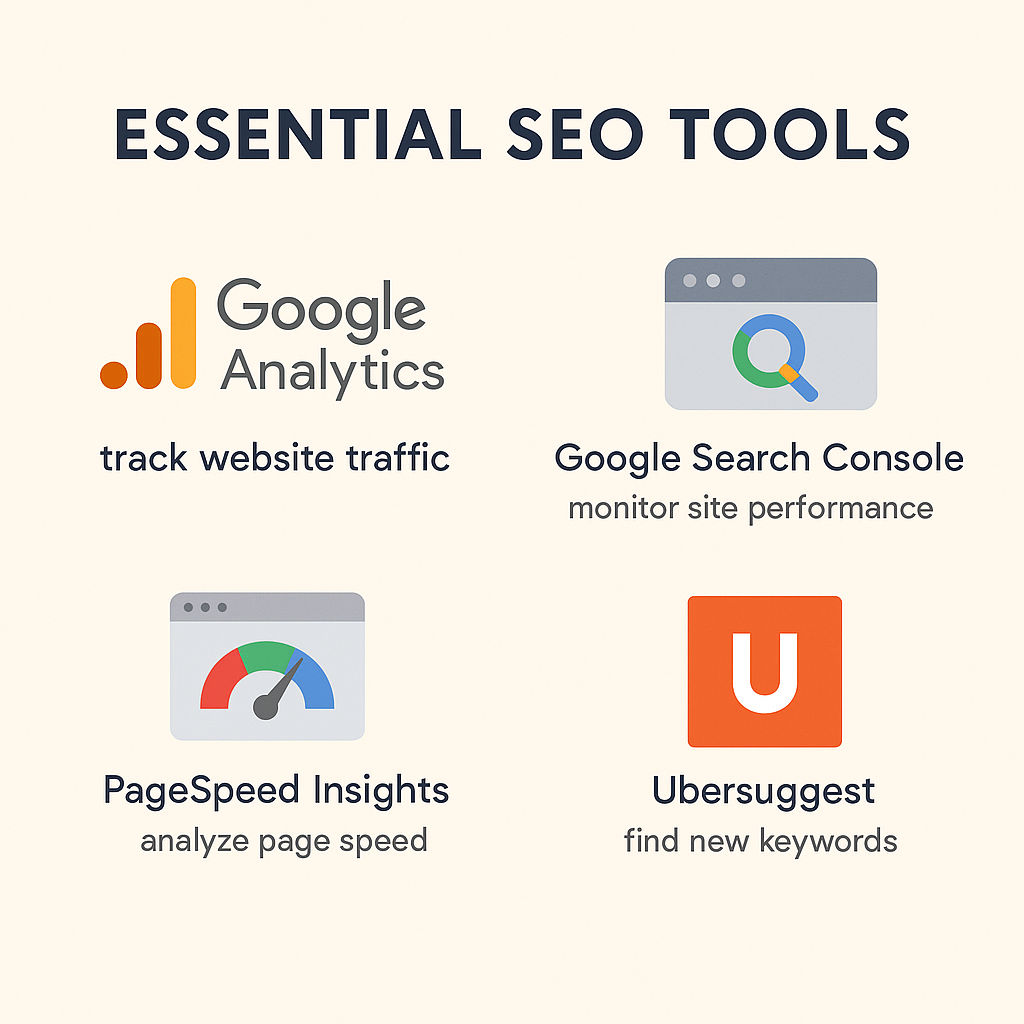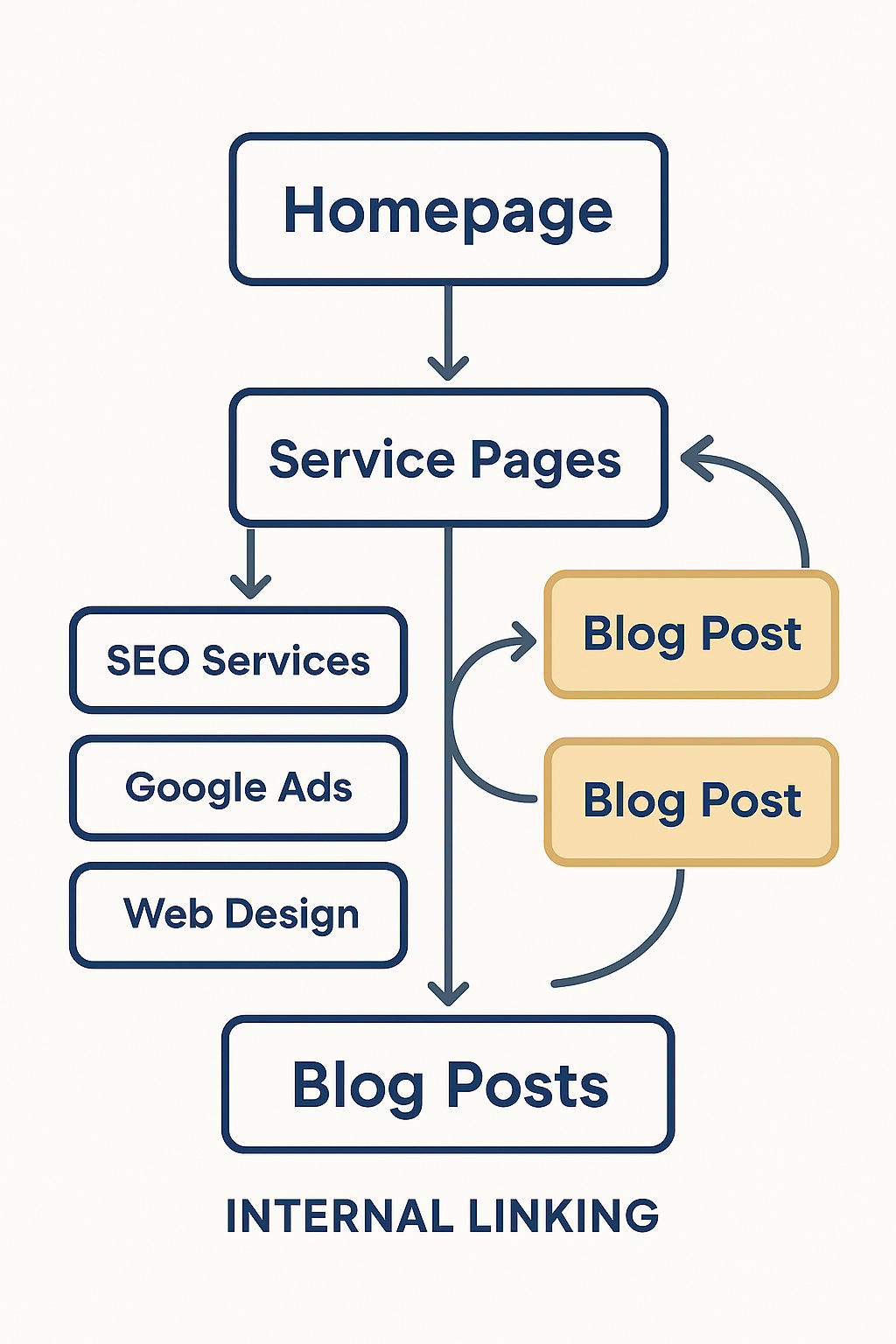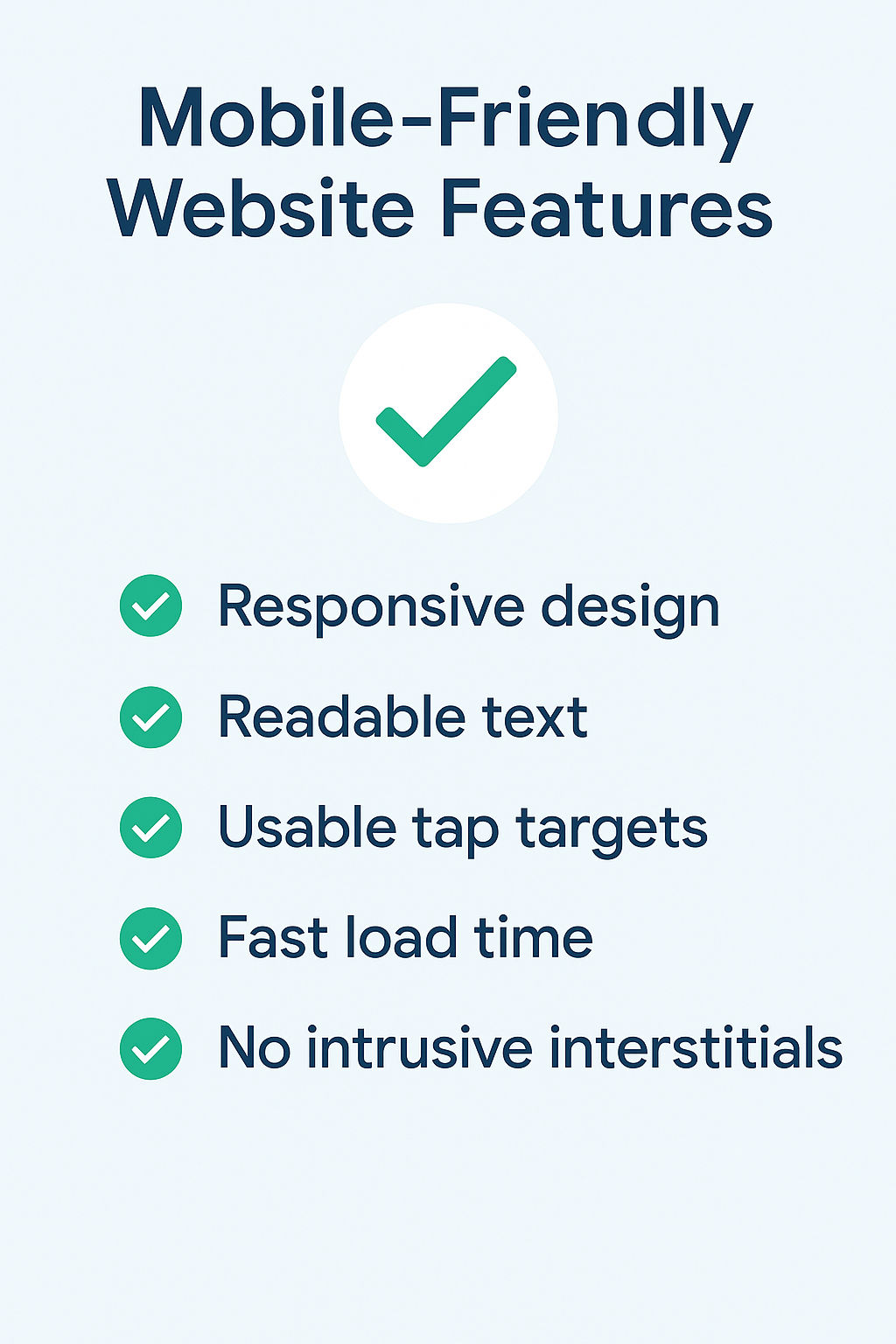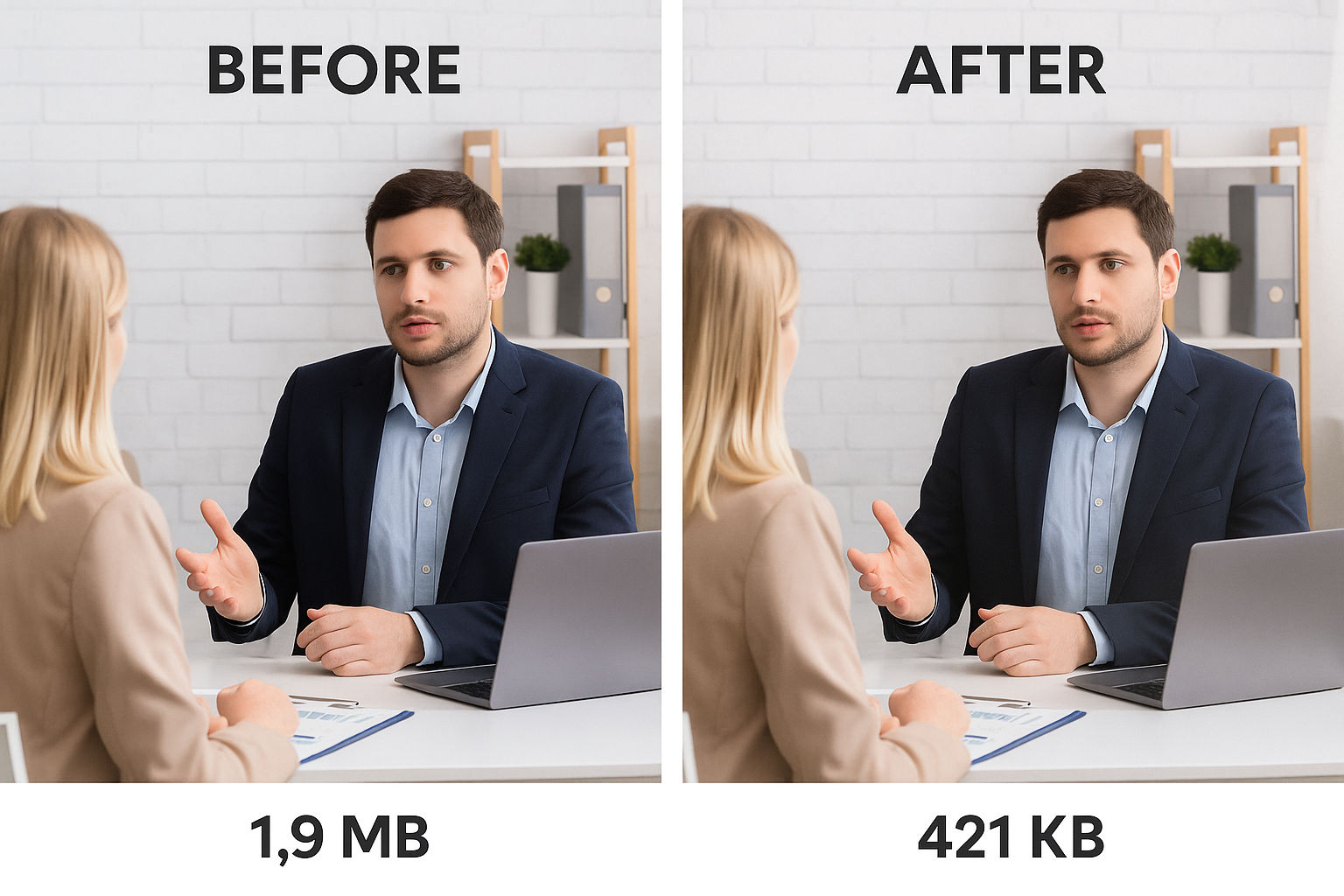Part 4 of the SEO Made Simple Series for Business Owners
On-page SEO is one of the most controllable parts of your SEO strategy—and one of the most powerful. Every page on your website has elements that can help you rank higher in search results, drive more clicks, and convert visitors into leads.
In this post, we’ll break down the key components of on-page SEO, explain how they work, and show you exactly how to optimize each one.
What Is On-Page SEO?
On-page SEO refers to everything you can control directly on a webpage to help it rank better in search engines. This includes content, structure, tags, and more.
If technical SEO is about performance and off-page SEO is about reputation, on-page SEO is about relevance—helping Google understand what your page is about and how useful it is to searchers.
Key On-Page SEO Elements You Should Master
1. Title Tags
The title tag is the blue clickable link shown in search results. It should:
- Include your main keyword
- Be unique for every page
- Stay under 60 characters (to avoid getting cut off)
Example:
Bad: Home
Good: Affordable SEO Services in Salt Lake City | [Your Business Name]
2. Meta Descriptions
Though not a direct ranking factor, meta descriptions influence click-through rate (CTR)—a vital SEO signal.
Your meta description should:
- Be 150–160 characters
- Use the target keyword once
- Summarize the page’s value and encourage a click
Example:
Grow your business with proven SEO services in Salt Lake City. Book a free consultation and boost your Google visibility today.
3. Headings (H1, H2, H3…)
Use headings to organize your content for both readers and search engines.
- Only one H1 per page (usually the page title)
- Use H2s for main sections, H3s for subsections
- Include keywords where they make sense
4. Keyword Placement
Your primary keyword should appear in:
- The first 100 words
- Title tag
- Meta description
- At least one H2
- Naturally in the body text
Use LSI keywords (synonyms and related terms) to add depth and context.
5. URL Structure
Clean, descriptive URLs help users and search engines understand page content.
Good:www.example.com/seo-services
Bad:www.example.com/page?id=87
6. Image Optimization
- Use descriptive filenames (e.g.,
local-seo-graphic.jpg) - Add alt text describing the image (important for accessibility and SEO)
- Compress images to improve page speed
7. Internal Linking
Link to other relevant pages on your site using keyword-rich anchor text.
Example:
Need help writing content? Check out Crafting High-Quality, SEO-Optimized Content.
Quick Optimization Checklist
- One unique H1 per page
- Target keyword in title, H1, and first paragraph
- Keyword-rich meta description (155–160 characters)
- Descriptive URLs
- Optimized images with alt text
- Internal links to related content
Final Thoughts
On-page SEO is the foundation of organic visibility. It ensures that Google knows what your page is about and why it’s worth ranking. Mastering these elements gives your business a real competitive edge in search results.

Pick one key service page on your website and review the title tag, meta description, and H1.
If they don’t clearly describe what you offer—or include your keywords—now’s the time to fix them.
Need a second pair of eyes? Request a free on-page SEO audit and we’ll help you spot quick wins and major improvements.







